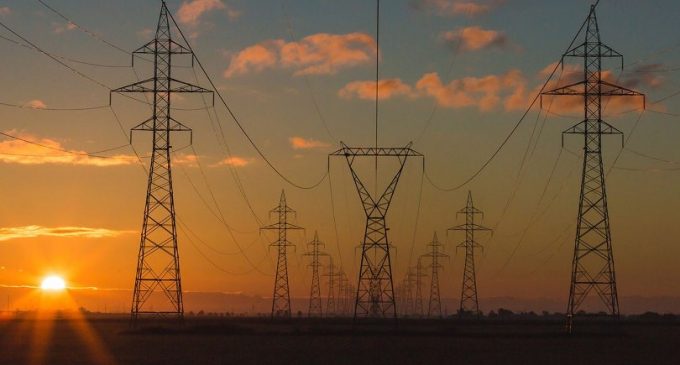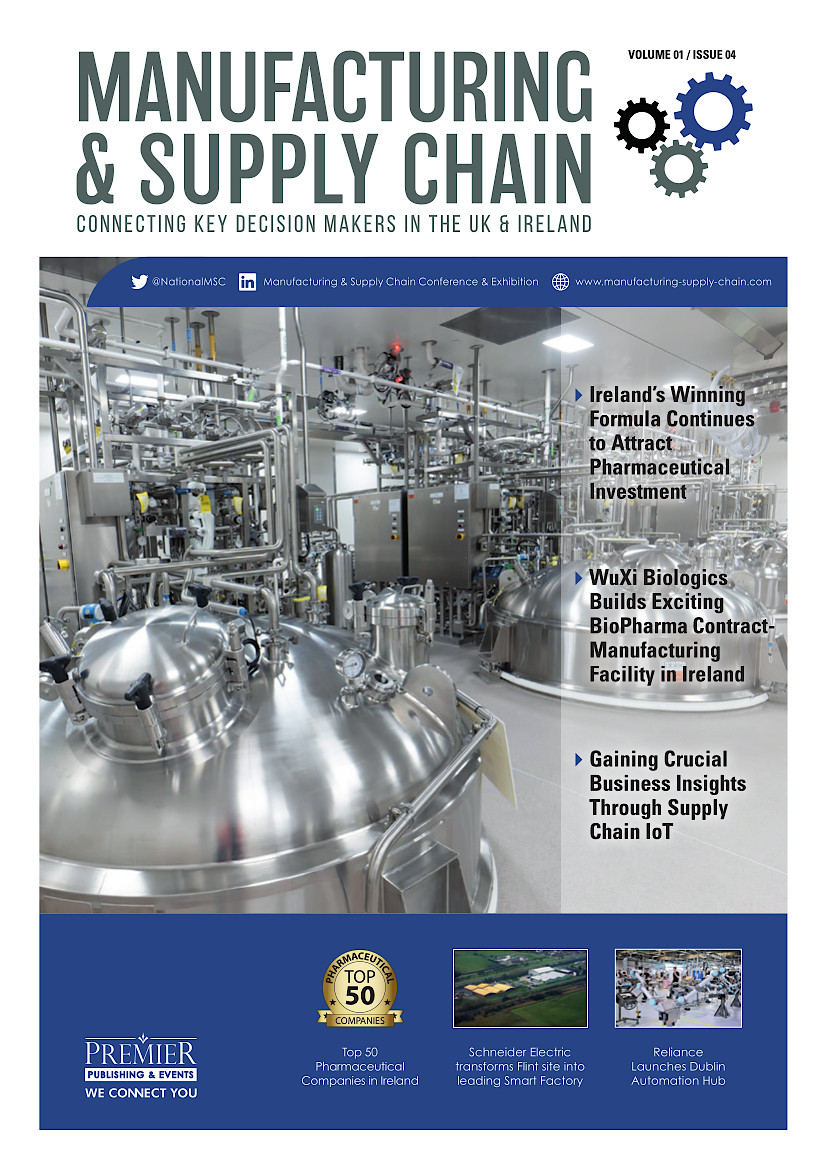Review of Energy Supplier Costs

The Commission for Regulation of Utilities (CRU) has published its analysis on supplier costs in the electricity and gas retail markets in Ireland. This follows the review of how the energy retail market competition has evolved following full price deregulation of electricity and gas retail tariffs that was published in February 2017.
CRU reviews the retail markets to ensure the necessary policies are in place to protect consumers and ensure that competition brings benefits to consumers in terms of quality of services and the competitiveness of retail prices.
The February review established five key findings:
- Overall the energy market is functioning well in terms of the choice of suppliers and competition among suppliers with increased focus on customer retention by suppliers.
- Switching levels by customers remained high in comparison to other European Union countries, with some concern that a higher percentage of consumers could benefit by switching supplier or being on a better tariff.
- Customer satisfaction and trust with suppliers is high, with improvements seen across the majority of suppliers as they become more customer focused.
- Retail prices are close to the European averages and have decreased over time due to competition and reductions in wholesale costs.
- While wholesale energy costs and retail prices fell during this review period, network costs and supplier costs increased.
 In relation to the final finding of the February review, the CRU were clear on the level of network costs contributing to supplier costs, as these are regulated and the cost drivers for increases in these costs are understood and transparent. The supplier cost element was not clear and the CRU committed to undertaking a more detailed examination of supplier costs to understand the components of these and supplier’s responsiveness to changes in wholesale gas and electricity prices.
In relation to the final finding of the February review, the CRU were clear on the level of network costs contributing to supplier costs, as these are regulated and the cost drivers for increases in these costs are understood and transparent. The supplier cost element was not clear and the CRU committed to undertaking a more detailed examination of supplier costs to understand the components of these and supplier’s responsiveness to changes in wholesale gas and electricity prices.
To facilitate this, the CRU requested additional information from electricity and gas suppliers seeking a further breakdown of the total costs faced by suppliers in 2015 and 2016 to allow this analysis to be carried out and provide a clearer picture of the final components of bills for electricity and gas customers to increase understanding and transparency in the energy market.
The primary conclusions of this analysis are:
- Advertising/Sales and Customer Acquisition – 3% of total costs: These costs appear to be driven by economies of scale, with larger suppliers (above 5% market share in terms of customer numbers) spending less than suppliers with less than 5% market share. Some increase in these costs have been observed since deregulation of the electricity and gas retail markets.
- Bad Debt – 1% of total costs: Customer bad debt appears to be a significant cost for suppliers but has decreased between 2015 and 2016, which may reflect improving economic conditions.
- Obligatory costs – 1% of total costs: These costs include statutory and regulatory obligations, but are a small component and make up just under 1% of total supplier costs and have increased between 2015 and 2016. These are primarily due to energy efficiency obligations, customer protection and audit requirements.
- Inferred Supplier Margins: While the focus of the information paper is on supplier costs, the CRU has also derived inferred margins across suppliers from the review of costs. These inferred margins are comparable with other utilities, the CRU noted an increase in margins from 2015 to 2016. These levels may suggest that, although wholesale prices began to decrease from 2014, the corresponding decrease in the final retail tariff may have initially been conservative in 2015, potentially due to energy costs having been hedged at higher a higher wholesale price. In 2016, as wholesale prices continued to drop, retail prices continued to decline, reflecting the pass through of the wholesale price reductions to customers. Whilst the inferred retail margins appear higher than when regulated tariffs applied, this is reflective of the additional risk that suppliers face in an open competitive market. The CRU is of the view that these supplier margins are not a cause for concern at this time but will continue to monitor margins to ensure that customers are benefiting from competition.
A full breakdown of the analysis can be found here.
The CRU Commissioner with responsibility for the retail sector, Aoife MacEvilly, said: “Overall this review provides greater transparency on the costs that suppliers are including in their energy bills for customers. This review was based on a two-year period that generally experienced a reduction in wholesale energy costs, a trend which has since reversed.
“The CRU has noted the increase in supplier margins between 2015 and 2016. Given that wholesale prices started to rise in Q4 2016 while retail prices reduced, the situation may be different in 2017 and we will therefore continue to closely monitor trends in prices and margins.
“In the interim we encourage customers to shop around, including with their current supplier for better value. The CRU is acting to empower and support active customers, by requiring suppliers to notify customers when they reach the end of their discount period, or if they have been on the same tariff for three years. In the coming weeks, suppliers will be required to include an ‘Estimated Annual Bill’ in their advertising, to provide better guidance for customers trying to find the lowest tariffs. These actions should further support competition in energy markets.”




















